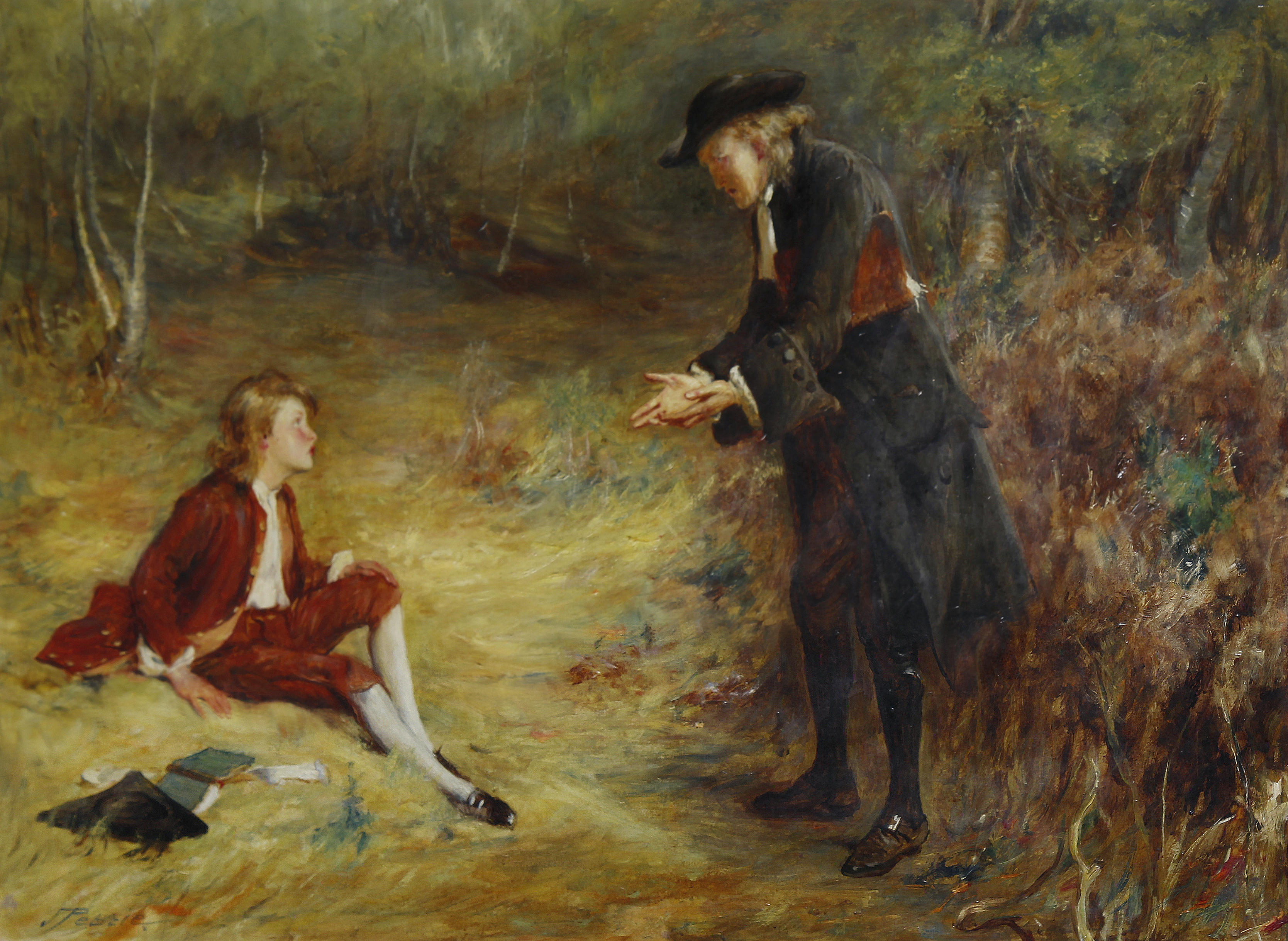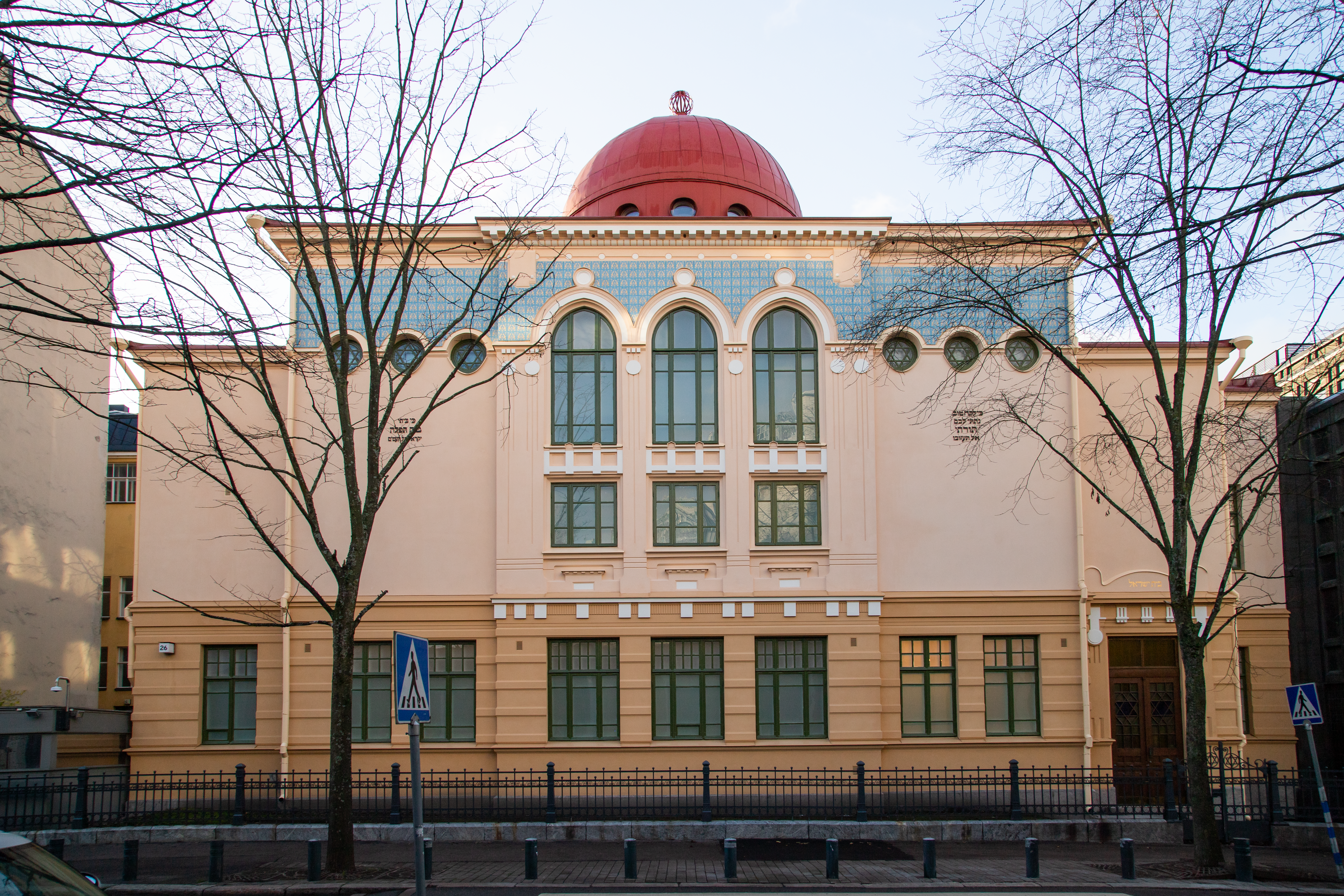|
Ferrand Martínez
Ferrand (or Ferrán) Martinez (fl. 14th century) was an elite Spanish cleric at the Cathedral of Seville and archdeacon of Écija most noted for being an antisemitic agitator whom historians cite as the prime mover behind the series of massacres of the Spanish Jews in 1391, beginning in the city of Seville. Early life Little is known of Martínez's early life. Before taking up the position at Écija, he was the confessor of the queen mother of Aragón. Role in the struggle for power Martínez was made an alcalde ''Alcalde'' (; ) is the traditional Spanish municipal magistrate, who had both judicial and Administration (government), administrative functions. An ''alcalde'' was, in the absence of a corregidor (position), corregidor, the presiding officer o ... (royal judge) in 1376. In 1378 he began preaching Sermon, sermons against the Jews. Although Enriques II's heir John I of Castile, Juan I commanded him to cease his rabble-rousing, he ignored the royal order, ... [...More Info...] [...Related Items...] OR: [Wikipedia] [Google] [Baidu] |
Floruit
''Floruit'' ( ; usually abbreviated fl. or occasionally flor.; from Latin for 'flourished') denotes a date or period during which a person was known to have been alive or active. In English, the unabbreviated word may also be used as a noun indicating the time when someone flourished. Etymology and use is the third-person singular perfect active indicative of the Latin verb ', ' "to bloom, flower, or flourish", from the noun ', ', "flower". Broadly, the term is employed in reference to the peak of activity for a person or movement. More specifically, it often is used in genealogy and historical writing when a person's birth or death dates are unknown, but some other evidence exists that indicates when they were alive. For example, if there are Will (law), wills Attestation clause, attested by John Jones in 1204 and 1229, as well as a record of his marriage in 1197, a record concerning him might be written as "John Jones (fl. 1197–1229)", even though Jones was born before ... [...More Info...] [...Related Items...] OR: [Wikipedia] [Google] [Baidu] |
Sermon
A sermon is a religious discourse or oration by a preacher, usually a member of clergy. Sermons address a scriptural, theological, or moral topic, usually expounding on a type of belief, law, or behavior within both past and present contexts. Elements of the sermon often include exposition, exhortation, and practical application. The act of delivering a sermon is called preaching. In secular usage, the word ''sermon'' may refer, often disparagingly, to a lecture on morals. In Christian practice, a sermon is usually preached to a congregation in a place of worship, either from an elevated architectural feature, known as a pulpit or an ambo, or from behind a lectern. The word ''sermon'' comes from a Middle English word which was derived from Old French, which in turn originates from the Latin word meaning 'discourse.' A ''sermonette'' is a short sermon (usually associated with television broadcasting, as stations would present a sermonette before Sign-off (broadcast) ... [...More Info...] [...Related Items...] OR: [Wikipedia] [Google] [Baidu] |
14th-century Births
The 14th century lasted from 1 January 1301 (represented by the Roman numerals MCCCI) to 31 December 1400 (MCD). It is estimated that the century witnessed the death of more than 45 million lives from political and natural disasters in both Europe and the Mongol Empire. West Africa experienced economic growth and prosperity. In Europe, the Black Death claimed 25 million lives wiping out one third of the European population while the Kingdom of England and the Kingdom of France fought in the protracted Hundred Years' War after the death of King Charles IV of France led to a claim to the French throne by King Edward III of England. This period is considered the height of chivalry and marks the beginning of strong separate identities for both England and France as well as the foundation of the Italian Renaissance and the Ottoman Empire. In Asia, Tamerlane (Timur), established the Timurid Empire, history's third largest empire to have been ever established by a single conquero ... [...More Info...] [...Related Items...] OR: [Wikipedia] [Google] [Baidu] |
Léon Poliakov
Léon Poliakov (; 25 November 1910 – 8 December 1997) was a French historian who wrote extensively on the Holocaust and antisemitism. He is the author of ''The Aryan Myth''. Biography Born into a Russian Jewish family, Poliakov lived in Italy and Germany until he settled in France. He cofounded the Center of Contemporary Jewish Documentation, established to collate documentation on the persecution of Jews during World War II. He also assisted Edgar Faure at the Nuremberg Trial. Poliakov was director of research at the National Centre for Scientific Research (Centre national de la recherche scientifique) from 1954 to 1971. According to historian Jos Sanchez, Poliakov was the first scholar to assess the disposition of Pope Pius XII critically on various issues connected to the Holocaust. In November 1950, Poliakov wrote "The Vatican and the 'Jewish Question' - The Record of the Hitler Period—And After" in the influential Jewish journal '' Commentary''. The article was the ... [...More Info...] [...Related Items...] OR: [Wikipedia] [Google] [Baidu] |
Henry III Of Castile
Henry III of Castile (4 October 1379 – 25 December 1406), called the Suffering due to his ill health (, ), was the son of John I and Eleanor of Aragon. He succeeded his father as King of Castile in 1390. Birth and education Henry was born in Burgos, the capital of Castile, the first-born child of the recently crowned king John I of Castile and his wife Eleanor of Aragon. His younger brother Ferdinand grew up to become king of Aragon. His upbringing was entrusted to Inés Lasso de la Vega, the wife of John Niño. As a child he was educated by Diego de Anaya Maldonado, Bishop of Tui-Vigo, who later became Archbishop of Seville. His tutor was Juan Hurtado de Mendoza el Limpio and his confessor was the Dominican Alonso de Cusanza, who later became Bishop of Salamanca and León. Prince of Asturias At the time of his wedding, he received the title Prince of Asturias with the approval of the court of Briviesca. This title designated him as the heir apparent. He was the firs ... [...More Info...] [...Related Items...] OR: [Wikipedia] [Google] [Baidu] |
Aljama
''Aljama'' (, , ) is a term of Arabic origin used in old official documents in Spain and Portugal to designate the self-governing communities of Moors and Jews living under Christian rule in the Iberian Peninsula. In some present-day Spanish cities, the name is still applied to the quarters where such communities lived, though they are many centuries gone. The Jewish communities of Spain, owing to their social isolation and to the religious and political regulations imposed upon them, had always formed groups apart from the rest of the population. The authority exercised by their own rabbis and the system of tax-collection by the heads of the congregations for the administration of communal affairs, placed them almost completely without the jurisdiction of the government of the country. As a result, they soon came to be dealt with by the officials not as subjects amenable to the general law of the land, but as collective bodies with special privileges and special duties. Thus, t ... [...More Info...] [...Related Items...] OR: [Wikipedia] [Google] [Baidu] |
Synagogue
A synagogue, also called a shul or a temple, is a place of worship for Jews and Samaritans. It is a place for prayer (the main sanctuary and sometimes smaller chapels) where Jews attend religious services or special ceremonies such as weddings, bar and bat mitzvahs, choir performances, and children's plays. They often also have rooms for study, social halls, administrative and charitable offices, classrooms for religious and Hebrew studies, and many places to sit and congregate. They often display commemorative, historic, or modern artwork alongside items of Jewish historical significance or history about the synagogue itself. Synagogues are buildings used for Jewish prayer, study, assembly, and reading of the Torah. The Torah (Pentateuch or Five Books of Moses) is traditionally read in its entirety over a period of a year in weekly portions during services, or in some synagogues on a triennial cycle. However, the edifice of a synagogue as such is not essential for hol ... [...More Info...] [...Related Items...] OR: [Wikipedia] [Google] [Baidu] |
Archbishop Of Toledo
The Archdiocese of Toledo () is a Latin Church archdiocese of the Catholic Church located in Spain."Archdiocese of Toledo" '' Catholic-Hierarchy.org''. David M. Cheney. Retrieved September 15, 2016"Metropolitan Archdiocese of Toledo" ''GCatholic.org''. Gabriel Chow. Retrieved September 15, 2016 They are also the Primates of |
Primacy Of The Spains
The Primacy of the Spains (; , ) is the primate (bishop), primacy of the Iberian Peninsula, historically known as Hispania or in the plural as the Spains. The Roman Catholic Archdiocese of Braga, Archbishop of Braga, in Portugal, has claimed this primacy over the whole Iberian Peninsula since the middle ages, however today his primacy is only recognized in Portugal. The Archdiocese of Toledo, Archbishop of Toledo in Spain has claimed the Primacy of Spain, as the primate above all other episcopal sees in Spain. In addition, the Archdiocese of Tarragona, Archbishop of Tarragona in Catalonia also makes use of the title. The Archbishops in Braga, Toledo and Tarragona, if raised to the rank of cardinal (Catholicism), cardinal, are known as Cardinal-Primates. Primacy of Braga The Roman Catholic Archdiocese of Braga, Archbishop of Braga has claimed the title of ''Primate of the Spains'' () both for being the oldest diocese on the Iberian Peninsula and for its role in the christiani ... [...More Info...] [...Related Items...] OR: [Wikipedia] [Google] [Baidu] |
John I Of Castile
John I (; 24 August 1358 – 9 October 1390) was King of Castile and List of Leonese monarchs, León from 1379 until 1390. He was the son of Henry II of Castile, Henry II and of his wife Juana Manuel of Castile. John ascended to the throne in 1379 and in 1383, he married Beatrice of Portugal, Beatrice, the daughter of King Ferdinand I of Portugal. When Ferdinand died that same year, John, aiming to enforce his claim on the Portuguese crown through his wife, brought the country into the 1383–1385 Crisis. His forces faced resistance from Portuguese factions supporting John I of Portugal, John of Aviz. The conflict culminated in the Battle of Aljubarrota in 1385, where John suffered a defeat, ensuring Portugal's independence. To secure Castile, he married his son Henry to the Catherine of Lancaster, daughter of John of Gaunt, linking the House of Trastámara, Trastámara and House of Plantagenet, Plantagenet dynasties. He died in 1390 when he fell from his horse during a Fantasia ( ... [...More Info...] [...Related Items...] OR: [Wikipedia] [Google] [Baidu] |
Alcalde
''Alcalde'' (; ) is the traditional Spanish municipal magistrate, who had both judicial and Administration (government), administrative functions. An ''alcalde'' was, in the absence of a corregidor (position), corregidor, the presiding officer of the Crown of Castile, Castilian ''Cabildo (council), cabildo'' (the municipal council) and judge of first instance of a town. ''Alcaldes'' were elected annually, without the right to reelection for two or three years, by the ''regidores'' (council members) of the municipal council. The office of the ''alcalde'' was signified by a staff of office, which they were to take with them when doing their business. A woman who holds the office is termed an ''alcaldesa''. In New Spain (Mexico), ''alcaldes mayores'' were chief administrators in colonial-era administrative territories termed ''alcaldías mayores''; in colonial-era Peru the units were called ''corregimientos''. ''Alcalde'' was also a title given to Indigenous peoples of the America ... [...More Info...] [...Related Items...] OR: [Wikipedia] [Google] [Baidu] |




